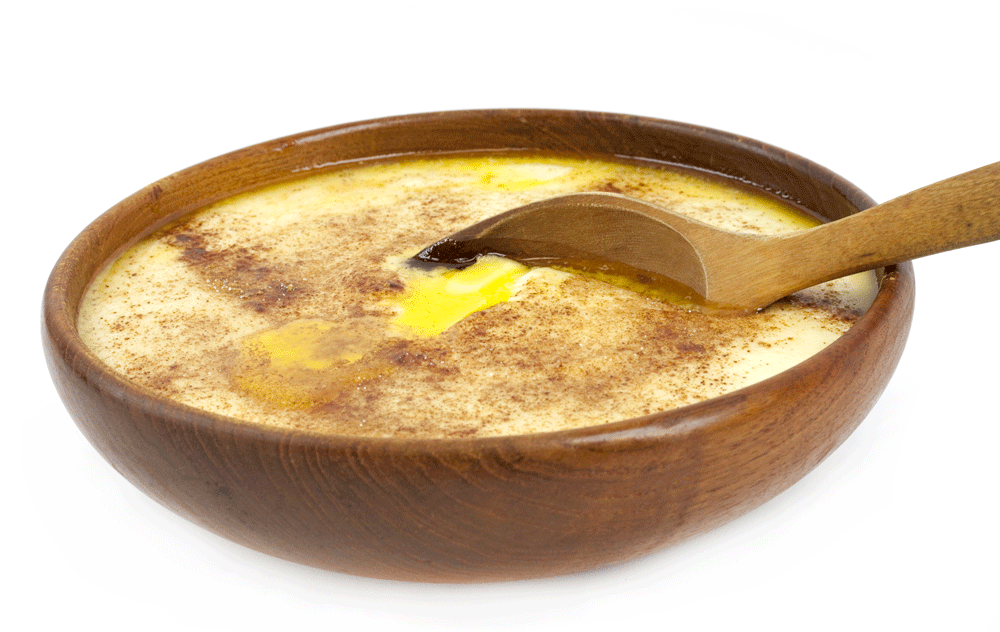Food is one of the most popular attractions for people craving for new and unforgettable adventures[1]. People set out on an adventure and travel all around the world to seek out new flavors and tastes. The aim is often both to try to get as close to the origin of the food as possible, and to try out as original food as possible. Through food people are able to communicate and connect with the local population and get an invaluable chance to experience a piece of their culture[2].
Presenting hard evidence
It can be complicated to give people the chance to relive the past. In museums, historical tools are put on display for people to see; throw in a workman mannequin and an explanation text sign and you have pretty good picture of how it was used. When one introduces traditional local food to tourists, you give them a change to smell, feel and taste what you have to offer; you present hard evidence. You actually let your audience walk away with the piece of history you are showcasing! Often traditional food is served with a good background story, which becomes all the better when travelers get to perceive with their own taste senses what the guide is recollecting. That does not necessarily mean that the food gets any better with a good story, but that is not what the experience is all about.
The experience
When seeking out local food, one might not exactly be expecting a joyride of taste and flavor. After people I meet announce me that they have been to Iceland, it is almost without exception followed by how bad rotten shark tasted. The smell of the small shark cubicles, typically served on a toothpick, should raise every red warning flag there is, but people still choose to try it! I personally have never tasted it, even though it is regularly in my parents’ refrigerator, commonly during the winter months. It just doesn’t excite me and strikes me as out-of-date tradition which will bring my taste buds nothing but misery. But my opinion, shared by many of my generation, doesn’t take anything from the experience and the memory it creates for foreign tourists. Do they expect it to blow their mind away? Probably not, but these guests feel that they are experiencing a part of the national culture which brings them closer to their host; and a shared experience.
Setting the scene
Now, most people would get concerned when reading about your countries food tradition in context to rotten Icelandic shark, but fear not, there is no comparison. In a journey to the valley Iungsdalen, I was presented with the opportunity to try out traditional Norwegian cabin food, or seterkost, as it would be called. Among dishes on the cousin were different kinds of salted and smoked meats, cream porridge called rømmegrøt and bread. Make no mistake; I do not have much passion for smoked or salted meat, although it is commonly served in Iceland, but in this particular setting it was just a matter of rising to the occasion. After a hike in the breathtaking Norwegian outback, in the primitive – yet luxurious – Iungsdalshytta, nothing seemed more appropriate than to try out the food that area had to offer. I filled up a bowl with rømmegrøt and prepared a dish with a pile of various meats.
Taste of the past
As I work my way through different layers of smoked and salted meats I cannot help but to wander in my mind back in time when this was the only food available. Through our common ancestors, the Vikings, this way of processing food for longer storage has been passed down from generation to generation for over 1000 years. It is quite astonishing when you think about it. It is possible that you need to look at it through the eyes of a guest to appreciate just how remarkable the story of this food is, as it might seem like everyday food to native Norwegians. When I begin to gather my senses again, I realize that perhaps the taste of this traditional Norwegian dish is not exactly my cup of tea. That is, however, irrelevant in this context for the moment had been captured: A nice evening where I savored a piece of the local food history in a perfect scenario – and in good company, I might add. Just like the shark eating tourists in Iceland, I had tried out what was presented to me as the food I would be dining as a Norwegian hiker.
Taking points
What I have learned through my experience in Iungsdalen is how important it is to pair the food and the occasion carefully. Presented with the right dish at the correct instance people become more likely to try out foods they normally would not even come near. By playing along with the image foreigners have of the countries food culture, one can give tourists an adventure just as powerful as endorsing a national landmark or other must-see monuments.
[1] Selwood, J. 2003. Food Tourism Around the World; The lure of food: Food as an attraction in destination marketing in Manitoba, Canada. Butterworth-Heinemann. Oxford.
[2]Barthes, R. 1979. Toward a Psychosociology of Food Consumption. Baltimore.



Comments are closed, but trackbacks and pingbacks are open.